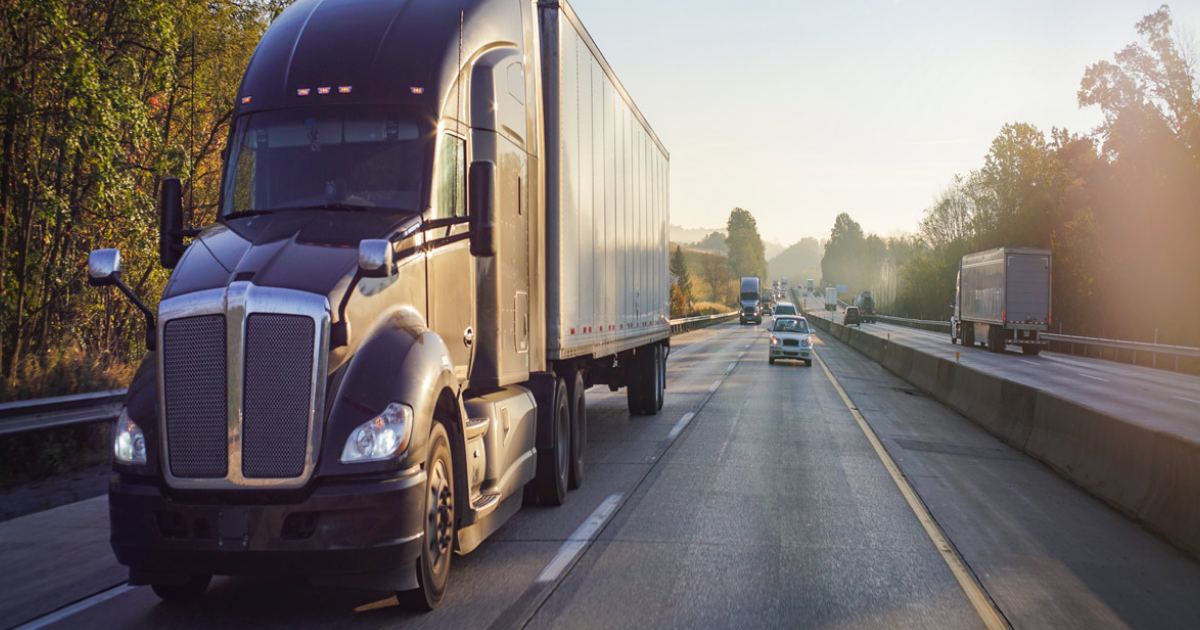Commercial truck accidents are some of the most devastating accidents that occur on roads and highways across the United States. Although the aftermath can be traumatic for all parties involved in the accident, it is the occupants of a passenger vehicle involved in the accident that often suffer the most catastrophic injuries and fatalities. Truck drivers have a responsibility to make safety a priority at all times and avoid driving behaviors that increase the risk of a serious accident. Truck companies also have a responsibility to ensure that their truck drivers are properly trained, that trucks are well maintained, and that their drivers establish a culture that prioritizes safety. This can significantly reduce the risk of severe truck accidents and prevent the serious, even life-threatening injuries that devastating truck accidents can cause.
What are the Top Causes of Truck Driver-Related Accidents?
The Federal Motor Carrier Safety Administration (FMCSA) conducted a landmark study of 120,000 large truck accidents in an effort to determine the most common causes of truck accidents that were caused by the truck driver. Drowsy driving is one of the top causes of accidents, owing to the pressure that many truck drivers are under to meet very tight delivery deadlines. Despite the fact that there are federal hours of service (HOS) regulations that truck drivers are supposed to follow, many drivers find ways around the regulations so that they continue driving longer than they should, even if they are feeling symptoms of drowsiness. Truck drivers are also supposed to log their hours on their electronic logging devices (ELDs), but they do not always follow these rules either. In addition to drowsy driving, the following are additional examples of some of the most common causes of truck accidents in the United States:
- Distracted driving
- Brake problems
- Drunk/impaired driving
- Traffic flow interruption caused by congestion or a previous car accident
- Prescription drug use
- Speeding
- Over-the-counter drug use
- Unfamiliarity of the roadway
- Inadequate surveillance
- Required to stop before the crash because of a traffic control device or a crosswalk
What Safety Steps Should Truck Companies Follow?
Truck companies have a responsibility to ensure that their fleet is properly maintained; that their drivers have been well trained; and that drivers follow the rules of the road, including HOS regulations. The sheer size and weight of the average commercial truck can cause catastrophic accidents that involve devastating injuries and fatalities. According to a study conducted by Virginia Tech Transportation Institute’s National Surface Transportation Safety Center for Excellence, there is a link between truck companies that invest in advanced safety technologies and improved safety performance outcomes. In fact, one fleet that listed safety culture as a top strategy reported a 75% reduction in preventable crashes. Truck companies who following the following proactive safety strategies can reduce the number of truck accidents that occur on roads and highways across the United States:
- Establish a safe driving culture: If the truck companies place a high priority on safety, the truck drivers are more likely to avoid unsafe driving behaviors. This should be addressed during performance reviews and all assessments throughout the year. People in management positions are urged to schedule regular meetings where common safety hazards are discussed, as well as the latest strategies to prevent them. Truck drivers should have the opportunity to offer ideas for improving how their operations are managed and implemented. Since truck drivers are the ones who are behind the wheel and delivering cargo to customers across the country, they can provide valuable feedback and insight into technologies and strategies that will support safe driving efforts.
- Communicate safety messages clearly and effectively: This can be done by hosting regular safety meetings, mailing letters home to families, and sending emails that clearly communicate the commitment the truck company has to its employees and the general public.
- Employ a safety program manager: This individual will serve as a liaison between the state trucking association and state regulatory and enforcement agencies. In addition, he or she will promote safety education to truck drivers, fleet maintenance personnel, and the general public.
- Create a pay structure that supports safe driving practices: Oftentimes, truck drivers are compensated based on the number of miles they cover as opposed to the number of hours behind the wheel. As a result, they are motivated to continue driving, even if they are beginning to experience symptoms of drowsiness. Truck companies are urged to create pay structures that discourage these unsafe driving habits and reward truck drivers who consistently make safety a priority.
- Discourage distracted driving: This is an extremely dangerous driving behavior in any motor vehicle. However, when the vehicle is an 80,000-pound commercial truck, a moment of distraction can have devastating, even fatal, consequences. Truck companies should create a culture that prioritizes safety, which should include putting the phone somewhere out of reach and using it only in an emergency or when the truck driver is no longer behind the wheel.
- Conduct regular drug testing: All potential new hires should be tested for drugs before they are officially hired by the truck company. In addition, all current employees should be tested annually and expect random drug tests at any point. This is meant to prevent truck drivers from operating a massive commercial truck while under the influence of drugs. Another effective change truck companies should consider is to provide support for truck drivers who voluntarily seek therapy for a drug problem. If the truck driver is committed to getting help, they should not be penalized for seeking treatment, or for needing time away from work to get the help they need.
- Invest in technology that can improve safety: There are a range of technology options available that can reduce the risk of speeding, particularly truck accidents that are caused by speeding. Speed limiters prevent trucks from exceeding a certain speed limit, and GPS tracking technologies can help truck drivers monitor other vehicles on the road.
- Request feedback from other motorists: Truck companies are urged to attach signs that request feedback from other motorists about whether the truck drivers are following the rules of the road. Motorists in the vicinity of the truck can report unsafe driving behavior, including speeding, weaving in and out of lanes, distracted driving, and overtaking.
- Make sure that the truck is properly maintained: If a fast-moving truck experiences a mechanical problem on a busy highway, it can cause devastating, multi-vehicle crashes. Truck drivers must conduct thorough inspections and ensure that any necessary repairs are made. Tire blowouts and brake failure can be particularly dangerous. Other maintenance issues that should be addressed include the engine and oil filter, fluid levels, and the truck’s headlights and taillights. Truck drivers should not get back on the road until any maintenance issues have been resolved.
How can Truck Companies Use Data to Address Safety Issues?
Truck companies are urged to use data to improve key safety issues involving large commercial trucks. For example, UPS used fleet data to determine that making left turns against traffic increased the risk of collisions and wasted fuel and time. In response to this data, UPS implemented a minimal left turn policy that significantly reduced the incidence of truck accidents. The following are examples of steps that truck companies can take to limit safety risks that could cause injuries to trucks drivers and other motorists:
- Capturing data: Trucks that are equipped with GPS tracking devices can capture data about harsh braking, accelerations, seat belt misuse, speeding, and distracted driving. Some trucks even come equipped with cameras that monitor other unusual events and unsafe driver behavior. Data can also provide important information about maintenance issues and repairs that must be made.
- Analyzing data: Once the data is collected, it can be used to identify trends and evaluate metrics against results from other years. This can help truck companies establish new safety goals.
- Making changes: After the data has been collected and analyzed, truck companies can use the data to make effective changes that will make the roads safer for truck drivers and other motorists on the road. Depending on the nature of the data that is collected, the actionable information can be targeted toward the entire fleet of truck drivers or one driver.
Los Angeles Truck Accident Lawyers at ACTS LAW Seek Justice for Victims of Catastrophic Truck Accidents
If you or a loved one was severely injured in a truck accident, it is in your best interest to contact the Los Angeles truck accident lawyers at ACTS LAW as soon as possible. We will conduct a thorough investigation into the details of the accident, determine who is responsible for causing the crash, and fight to ensure that you receive the financial compensation you deserve. We will assist you with every phase of the claims process and address all of your questions and concerns. To schedule a free, confidential consultation, call us today at 833-228-7529 or contact us online. With offices located in Los Angeles and San Diego, we serve clients throughout Southern California.


